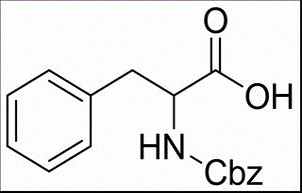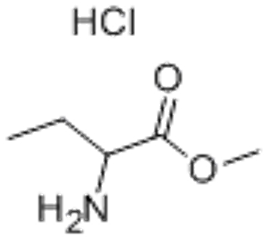2-Hydroxyethyl acrylate(CAS#818-61-1)
| Risk Codes | R24 – Toxic in contact with skin R34 – Causes burns R43 – May cause sensitization by skin contact R50 – Very Toxic to aquatic organisms R20/22 – Harmful by inhalation and if swallowed. R22 – Harmful if swallowed |
| Safety Description | S26 – In case of contact with eyes, rinse immediately with plenty of water and seek medical advice. S36/39 - S45 – In case of accident or if you feel unwell, seek medical advice immediately (show the label whenever possible.) S61 – Avoid release to the environment. Refer to special instructions / safety data sheets. S36/37/39 – Wear suitable protective clothing, gloves and eye/face protection. |
| UN IDs | UN 2927 6.1/PG 2 |
| WGK Germany | 3 |
| RTECS | AT1750000 |
| FLUKA BRAND F CODES | 8 |
| TSCA | Yes |
| HS Code | 29161290 |
| Hazard Class | 8 |
| Packing Group | II |
Introduction
Acrylate-2-hydroxyethyl ester, also known as 2-hydroxyethylacrylate. The following is an introduction to the properties, uses, preparation and safety information of acrylate-2-hydroxyethyl ester:Quality:- Appearance: Colorless transparent liquid.- Solubility: Acrylate-2-hydroxyethyl ester is miscible with water and most organic solvents.- Refractive index: approx. 1.429.Use:As an important organic synthesis intermediate, acrylate-2-hydroxyethyl ester is widely used in the chemical industry and research. Key uses include:- Can be used as a monomer or crosslinker in coatings and adhesives.- Can be used to synthesize a wide range of pigments, resins, plastics, and rubbers.- Can be used as a light stabilizer for photopolymers.Preparation method:Acrylate-2-hydroxyethyl ester is usually obtained by reacting ethylene glycol with acrylic anhydride. The specific steps are as follows:In an inert atmosphere, the glycol is reacted with acrylic anhydride at the appropriate temperature.Acid catalysts are added to the reactants to increase the reaction rate.Filter the sediment to remove insoluble impurities.Distillation and purification to obtain acrylate-2-hydroxyethyl ester.Safety Information:- Acrylate-2-hydroxyethyl acid should be stored in a cool, well-ventilated place.- Avoid contact with strong oxidizing agents to avoid dangerous reactions.- Avoid inhalation or contact with skin and eyes, and wear appropriate personal protective equipment when using it.- Protective measures should be taken during operation, including the use of sealed containers and proper ventilation systems.- In case of emergency, such as inhalation or ingestion, seek medical attention immediately and bring a material safety data sheet.







